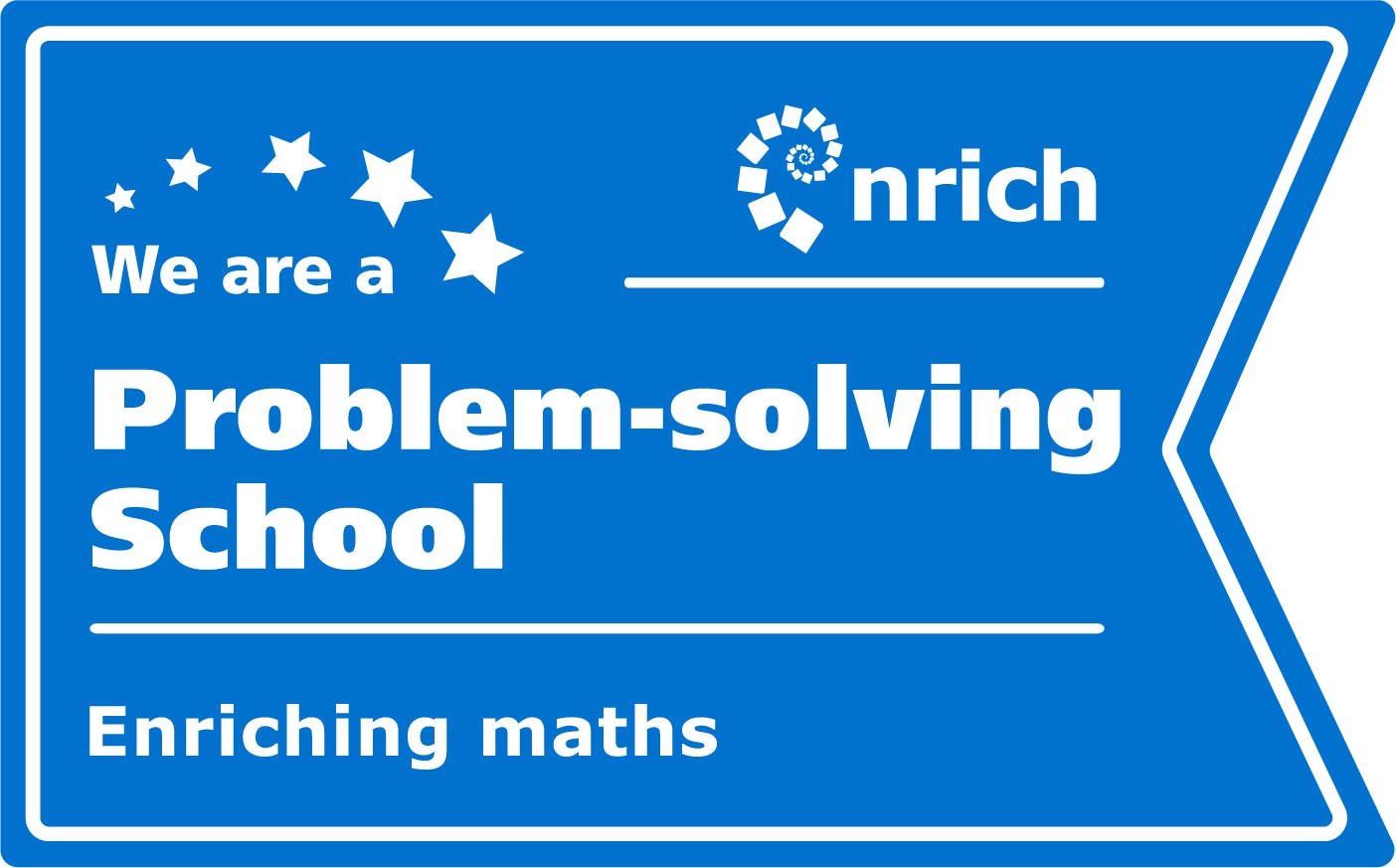SEMH
At Lodge Primary School, we are committed to ensuring that our children feel safe and happy in school so that they can build positive relationships and have the ability to approach their learning confidently and successfully.
We strive to help children develop social and emotional skills, providing them with the coping skills and tools they need to understand and manage their thoughts, feelings, behaviour, goals and relationships. We do this through teaching health and wellbeing education through our PSHE Life Skills curriculum and weave these topics and skills throughout the broader curriculum and school life.
In our school, we promote a culture of empathy amongst the children/staff and focus on ensuring every child’s voice is heard placing wellbeing, resilience and mental health at the centre of what we do. We recognise that all children and young people need a solid foundation of positive mental health to benefit fully from all of the opportunities that are available to them. We want our children to be resilient and mentally healthy, so that they can succeed.
At times, any child or member of staff may need additional support to maintain or develop good mental health. The mental health of children and young people, adults in schools, parents and carers and the wider whole school community will impact on all areas of a child's development, learning, achievement and experiences.
SEMH difficulties may be short or long term and may vary in the way they present to others. For example, a child who has experienced a loss or bereavement may experience SEMH difficulties in a different way to another child who may have a diagnosed SEMH disability such as ADHD, which is a life-long condition. Children may experience SEMH as short periods of feeling unable to cope, or longer periods of low mood with a greater impact on wellbeing. SEMH does not have to necessarily be a lifelong condition. With appropriate support, many children and young people can learn strategies, move forward and live successful lives.
The types of commonly occurring SEMH difficulties that may affect primary school children can include:
- Anxiety
- Low mood
- Emotional regulation
- Exam stress
- Sleep problems
- Low self-esteem
- Attention Deficit Hyperactivity Disorder (ADHD)
- Loss and bereavement
- Attachment difficulties
- Self harm
- Eating disorders
As a school, we understand and recognise the indicators that may signify that a child needs additional support with their SEMH needs and we respond accordingly. Where a child needs targeted SEMH intervention, staff will fill in a Lodge SEMH referral which will be discussed at weekly SLT meetings with the learning mentor. Assessment is used to establish a clear analysis of the child’s needs and our Lodge SEMH team plan how the child will be supported within school. For example, a child showing consistent low self-esteem or who has experienced bereavement will work weekly with our learning mentor to improve their emotional and mental health.
At Lodge, we are in regular contact with Sandwell Reflexions - our local Mental Health Support Team. Through Sandwell Reflexions, we are able to refer children in our school for specialist support with an Emotional and Mental Health Practitioner (EMHP). They also conduct assemblies, parent focus groups as well as working with children and parents in groups and one to one basis to support emotional and mental health at Lodge Primary School. Members of the Sandwell Reflexions team visit Lodge Primary regularly to work with parents and children.
Within our classes to help with SEMH we have:
- Zones of Regulation Charts across our classes. They include strategies and techniques to support children’s mental well-being.
- Calm boxes in every classroom and accessible for all the children to help pupils emotionally self-regulate.
- Our behaviour policy focuses on positive reinforcement and supporting the children to show their best selves
Zones of Regulation Overview

Our goal is to teach children more about their emotions and to further develop their self-regulation skills. Self-regulation is an essential skill in life, and in all learning environments. The children will participate in activities and discussions designed to help them recognise when they are in each of the different Zones as well as learn how to use strategies to change or stay in the Zone they are in. Children will learn new vocabulary, skills in reading other people’s facial expressions, gain perspective about how others see and react to their behaviour, insight into events that trigger their behaviour, calming and alerting strategies, and problem solving skills. Zones of Regulation groups all the ways that children feel and behave into four “Zones”:
Blue (Slow) Zone - when your body is running slowly, such as when you are tired, sick, sad or bored.
Green (Go) Zone - when you are ready to learn and “good to go.” You feel happy, calm and focused.
Yellow (Caution) Zone - when you feel your engine beginning to running high, such as when you are frustrated, overwhelmed, silly, wiggly, excited, worried, anxious, or surprised.
Red (Stop) Zone- is when you have “flipped your lid” and there is a loss of emotional self-control. You have extreme feelings such as terror, uncontrolled anger, aggression, or elation.
Children will first learn to recognise emotions in themselves and others and then about how their emotions and attention to learning are connected. They learn that they move through their Zones throughout the day, and that they can improve their control over their Zones through practise. Children then learn strategies for changing from one Zone to another, encouraging each child to build a repertoire of tools.
None of the Zones are “bad” or “naughty” and we never use either of these terms in school. All of the Zones are expected at one time or another. As the curriculum progresses, children will practise identifying what Zone is expected, and how to change Zones to better match their levels of alertness and emotions appropriate to the situation.

